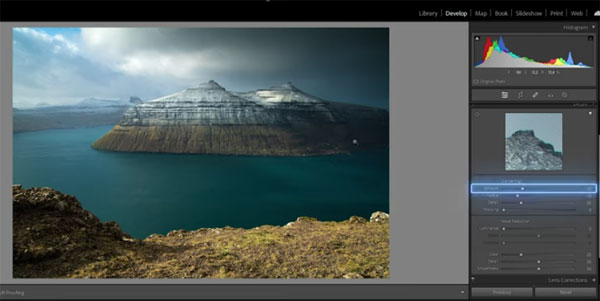Here is my dilemma. Since discovering OpenAI’s DALL•E 2 image generator a few weeks ago, I’ve had good success and great fun creating images I’m truly proud of. No, it’s not photography, but it’s still pretty amazing. More importantly, however, it raises a fundamental question: Is it ethical to publish AI-assisted images instead of photos of living, flesh and blood models, even with clearly-worded disclaimers? Frankly, I’m torn by this predicament.
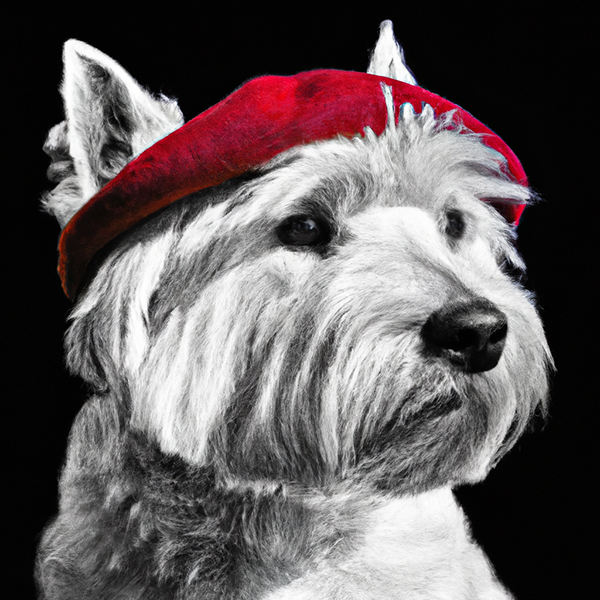
If you’re not familiar with OpenAI’s DALL•E 2, spend three minutes reading our review from Feb ’23. In a nutshell, DALL•E 2 uses AI to convert plain language text strings into realistic—and/or wildly implausible—images and art. DALL·E 2 generated the image you see above based on my written description of my daughter’s West Highland White Terrier. Plus a red hat.
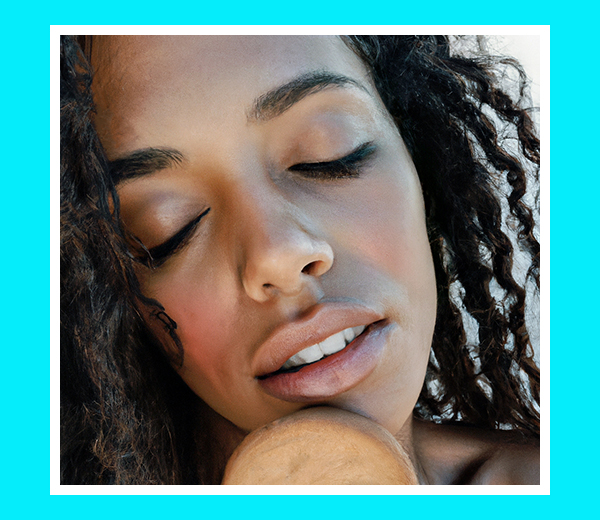
I’m not trying to fool anyone and neither is OpenAI. They make it very clear that DALL·E 2 must not be used for unethical, immoral or illegal purposes. They prohibit nudity and warn against infringing on the copyrights of others. DALL·E 2 renderings that appear on social media, news media and other vehicles of public consumption must include a clear disclosure that AI was used in the creation. Follow this link to read OpenAI’s Content Policy.
Then what’s the worry?
Critics I admire and trust have suggested that recent advancements in AI (e.g., DALL·E 2) threaten traditional photography, music composition and other forms of art, as well as all forms of written creations. And despite the fact that I’ve used it recently in a manner that possibly encourages others to do likewise, I have to agree that there are grave potential dangers.
Every week, it seems, we read news about the abuse of AI by students, online romance site cheaters, scammers and others. And now criminals (I can’t call them “pranksters” because putting lives at risk is not a prank) are using AI-driven voice synthesizers to automate swatting calls. If you don’t know, “swatting” is the reprehensible and condemnable practice of placing totally fictious emergency calls that trigger police and other public safety personnel to be dispatched to a specific location en masse to deal with an in-progress crime that does not exist.

Using AI-assisted artwork to illustrate an article is not a hazard of the same magnitude, but it’s not entirely innocent, either. There are rumors that some AI applications anonymously plagiarize the works of others in whole or in part. We’re not referencing DALL·E 2 here, and we’ve never seen verifiable evidence that copyright infringements actually occur.
So am I experiencing angst or a guilty conscience? A little of both, I’m afraid. I would never—not even in my craziest dreams—use AI of any type to write words for me. That fact makes me question whether or not it’s acceptable to use AI to make pictures except for my personal and private entertainment.
I rationalize all of this by thinking that written words are sacrosanct because they come from inside my head 100%. My words are influenced and tinted by others’ words, but they still originate within me. I don’t even use a thesaurus and so far haven’t regretted it. Photos, on the other hand, are external. And better yet, AI-conjured images are formed by my words. Even Plato said that all art is thrice removed from reality (or something like that).
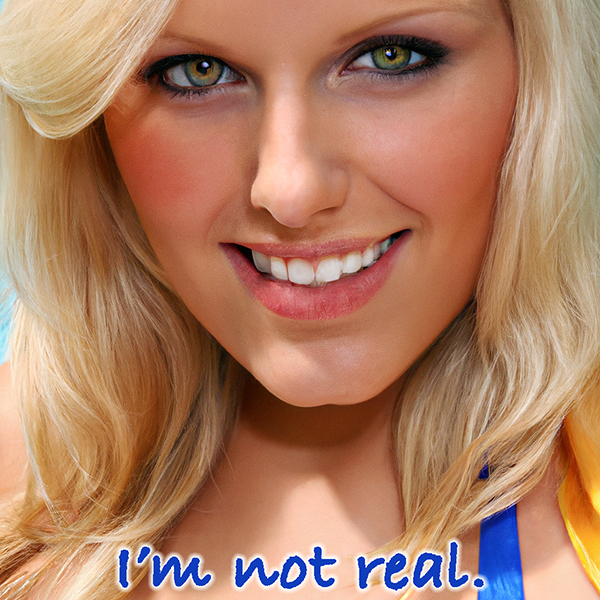
So, see? I can talk myself into almost anything using this kind of logic and paraphrasing a famous philosopher.
I’ve also more-or-less convinced myself that, “someday, everyone will be using AI for nearly everything that requires creativity.” This may or may not be true, but even if it’s totally accurate, that’s not a legitimate excuse for me to help make this happen sooner rather than later. And it doesn’t mean AI-supercharged creativity will ever be ethical even if it becomes widely practiced.
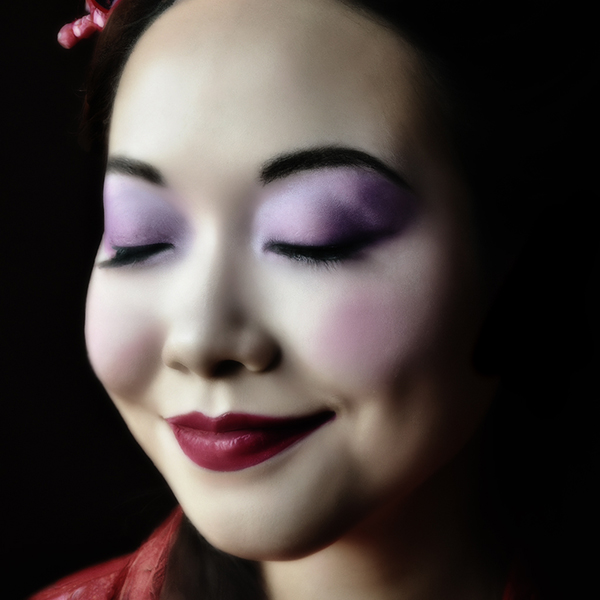
The harsh truth is that those AI images, pseudo photos and other ersatz art all came from somewhere, just like the ripped-off high school term papers, romance site profiles, bogus CVs and other abusive abominations of AI. I’m not willing to believe (perhaps incorrectly) that a few hundred lines of computer code can create a lifelike photo of the Golden Gate Bridge, a Siamese cat—or anything else.
So you see, I’m sort of stuck. I guess I should ask AI for a resolution. So I did. Here’s how ChatGPT, also from OpenAI, suggested as a resolution.
“DALL-E is an artificial intelligence model developed by OpenAI that can generate images from textual descriptions. The ethical use of DALL-E to create photos and publish them depends on several factors.
“Firstly, it is important to consider the source of the textual descriptions used to generate the images. If the descriptions are generated in a way that infringes on someone’s privacy, dignity, or rights, then using DALL-E to create images from those descriptions would be unethical.
“Secondly, the intended use of the generated images should be considered. If the images are used for commercial purposes without obtaining the necessary permissions or compensating the rightful owners, it could be considered unethical.
“Thirdly, it is important to consider the potential impact of the generated images on society. If the images are used to spread harmful or misleading information or to promote hate speech or discrimination, it would be unethical to create and publish them.
“In summary, the ethical use of DALL-E to create photos and publish them depends on various factors, including the source of the textual descriptions, the intended use of the images, and their potential impact on society. It is important to consider these factors and act responsibly to avoid any unethical behavior.”
Exactly what you would expect to hear from a machine, right?
But the second point hangs over my head like the sword of Damocles. “If the images are used for commercial purposes without obtaining the necessary permissions or compensating the rightful owners, it could be considered unethical.” Who are the rightful owners? Do they even exist? How could I possibly compensate an entity that I cannot identify? And is OpenAI intimating that the fruit of their algorithms requires any sort of “necessary permission?”
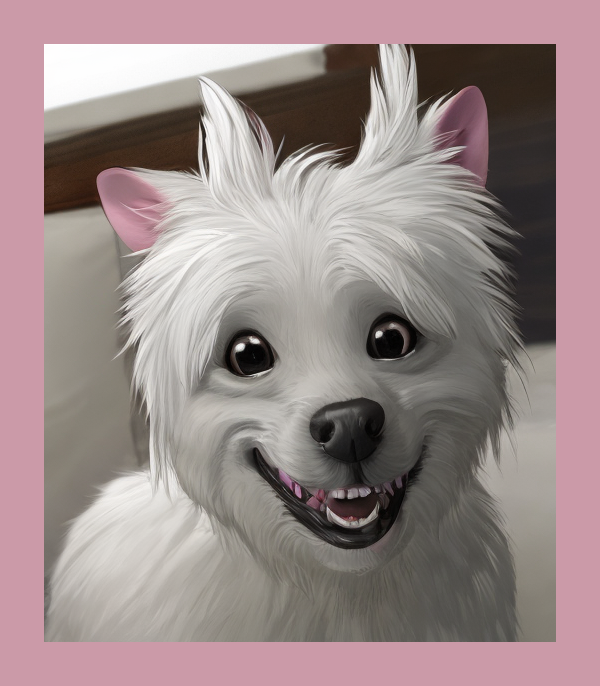
I do not enjoy conflict, but neither do I stringently avoid it. For now, I’ll set this controversy—and AI imagery—temporarily aside as far as Shutterbug is concerned and save it for the idle hours when I want a distraction that’s kind of like photography. Maybe someday soon digital cameras will have an AI mode that doesn’t require a subject.
What do YOU think? Please visit Shutterbug’s Facebook page and express your opinions. Have you tried AI imagery? What has been your experience? AI is an epoch-making phenomenon and we’d love to hear your opinion.
Disclaimer: As you’ve surely guessed, every image in this story was created with a big assist from DALL·E 2.
—Jon Sienkiewicz
